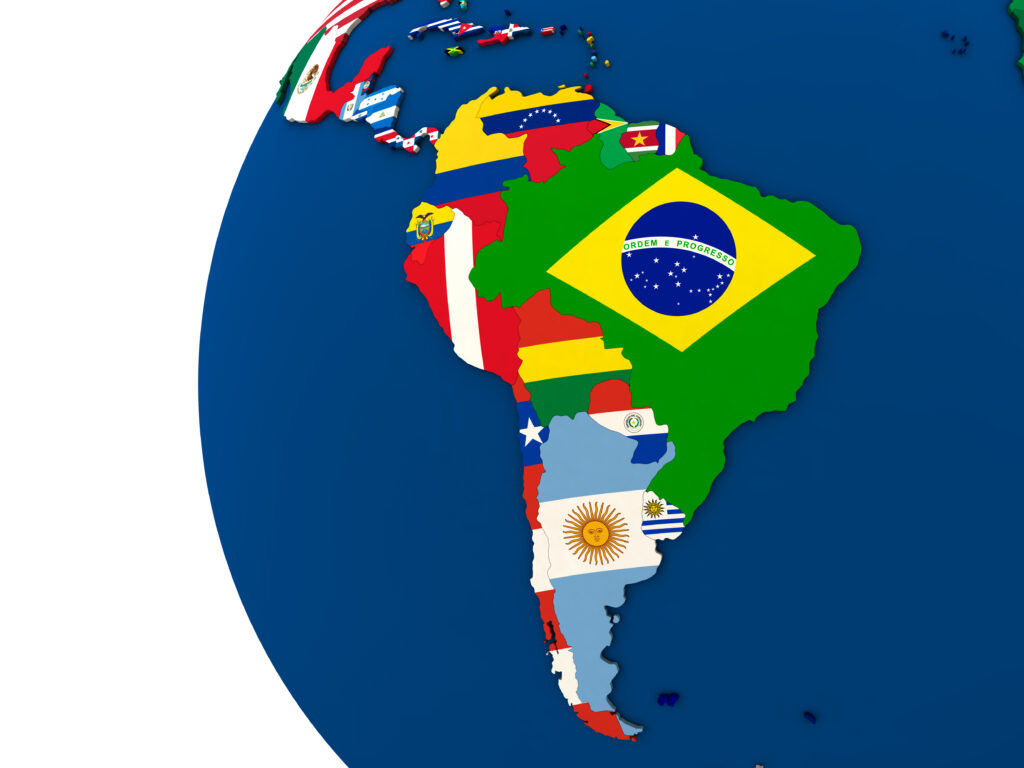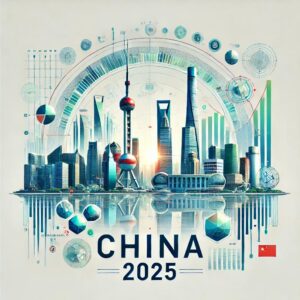China-Latam ties are growing. This is an important development for businesses in both China and Latin America, of course, but companies elsewhere should also pay attention.
The Big Picture for China-Latam Relations
For businesses in the United States and most of the global north, China presents a conundrum. The lure of its vast markets remains strong, and for many companies China remains the go-to location for manufacturing or product sourcing.
At the same time, China’s aggressive foreign policy statements and actions over the past several years have raised the profile of China engagement among consumers, legislators and the media. Businesses face increased scrutiny not only because of China’s human rights record, but also due to the—not unjustified—feeling that China has unfairly muscled its way to economic dominance. As a result, companies seeking the benefits of conducting business in and with China must consider the public relations and brand reputation implications of engagement there.
But things are different in the global south. As we recently pointed out:
Though the West is having an epiphany regarding China, in other parts of the world it’s business as usual. Facing icier climates in advanced economies, it makes sense for China to double down on its efforts to engage countries in Latin America, Africa, the Middle East and elsewhere, and that is exactly what it’s doing.
There was a time not that long ago when you could tell whether a country was part of the Free World by looking at the equipment flown by its national airline. Nowadays, even Aeroflot flies Boeings and Airbuses. But perhaps in the future, Comacs will be a common sight at international airports. If they are, in addition to Chinese airlines, expect them to be used by carriers from China’s new spheres of influence. Along the same lines, Chinese students and researchers might increasingly opt to head to universities and institutions where they are subject to less scrutiny. The Confucius Institute may be booted out of Western campuses, but students in many countries will welcome the chance to learn the language of their greatest trading partner. Politically, this will all be of great import, as a pro-China bloc emerges, undergirded by a sympathetic segment of that bloc’s population.
In Latin America, we’re seeing this dynamic play out in real time.
Geopolitical Shifts Favor the Building of China-Latam Links
While leaders from the United States and its allies have largely skipped China’s Olympic party, those from the global south warmed up to the occasion. They included a couple of Latin American presidents who jetted to Beijing for the opening ceremony. And they weren’t there just to cheer on their delegations.
Xi Jinping and Argentina’s president, Alberto Fernández, “pledged … to deepen strategic cooperation on trade, currency and the infrastructure-focused Belt and Road Initiative.” Fernández highlighted the “more than $23 billion” that his country will receive in Chinese investment, while also calling for more Argentinean exports to China.
Beyond trade and investment, Fernández’s visit has significant geopolitical import, underscored by the fact Fernández also visited Russia during his overseas tour.
Más claro ni el agua. Fernández is signaling his approval of China and Russia’s efforts to reshape the international balance of power, to the detriment of the United States and its allies. In Moscow, he said:
I stubbornly believe that Argentina has to stop having that great dependency that it has on the [IMF] and with the United States. It has to make its way to other places.
China is without doubt one of those “other places.” In fact, retelling his Beijing visit, Fernández indicated that China supported Argentina’s position in its ongoing beefs with the IMF. The IMF wasn’t mentioned in China’s official readout, but Beijing noted that it “stands ready to coordinate closely with Argentina within such frameworks as the UN and the G20 to practice true multilateralism [and] improve global governance.”
Evidently, Fernández is confident that a new world in which China and Russia call more of the shots will be one that benefits Argentina. That’s a debatable notion, but we can expect his government to do all it can to further China’s objectives, not just in Argentina, but across Latin America and beyond.
Pragmatism Drives China-Latam Engagement
Also visiting Beijing was Ecuador’s president, Guillermo Lasso. As with Argentina, trade featured prominently on the agenda. China and Ecuador agreed to start negotiations on a free trade agreement, “which would benefit Ecuadorean exports of shrimp, bananas, cacao, other fruit and minerals.”
Lasso’s visit had less of a geopolitical bent than that of the Argentinean president, which isn’t surprising: Fernández belongs to the populist Peronist tradition, while Lasso is an advocate of free-market policies, who participated in President Biden’s Summit for Democracy last December. Tellingly, Fernández made time to lay at wreath at Mao’s mausoleum, while Lasso apparently did not.
This all said, Lasso “has engaged the international community pragmatically, reaching out to governments from China and Russia to the U.S.” He also has good reasons to curry Beijing’s favor:
China became Ecuador’s top lender over the last decade, with millions of dollars in long-term credit tied to the handover of crude oil, large investments in hydro-electric and mining projects and other loans …
The countries have agreed that their finance ministries will conduct initial talks on debt re-negotiation, as Ecuador seeks to improve its payment periods and interest rates.
Ecuador is also seeking to disconnect the handover of crude from outstanding debts with Chinese banks worth some US$2.08 billion, according to foreign minister Juan Carlos Holguin, which would free up some US$400 million per year in potential spending.
While Lasso’s Ecuador is unlikely to cheerlead China’s moves on the world stage, as a matter of realpolitik it will want to stay in Xi Jinping’s good graces—a situation in which other countries in the region find themselves as well.
Plenty of Other Bright Spots in China-Latam Relations
Argentina and Ecuador are not the only bright spots for China in Latin America. Nicaragua switched diplomatic recognition from Taipei to Beijing in December. In El Salvador, President Nayib Bukele has praised China’s no-strings-attached investments, “interpreted as a jab at the good governance strings that Washington and U.S.-backed lenders often attach to aid.”
Meanwhile, in Peru, President Pedro Castillo has made good relations with China a priority. Colombia is also cozying up to Beijing. Its U.N. ambassador hailed China’s “advances in human, economic and social rights,” in what constitutes quite an endorsement from a right-wing government in a traditional U.S. ally.
And of course, China can count on ideological bedfellows Cuba and Venezuela. While these two countries are pretty much economic nonentities, they could still play an important role in China’s hemispheric ambitions.
What Stronger China-Latam Ties Mean for Businesses
Closer ties between China and Latin America present challenges for companies from the United States, Europe and the rest of the global north. Increasingly, welcoming markets for Chinese companies will lead to more competition for established players. Beyond this, regional governments may, for a variety of reasons, prefer to give an upper hand to Chinese businesses.
Yet the new zeitgeist presents opportunities for non-Chinese companies as well. Importing products from China to Latin America is largely free of the risks present in markets like the United States, such as retaliatory tariffs and exclusion orders issued against products suspected of being made using forced labor. Latam markets could help support the China part of the “China plus one” equation, in particular where free trade agreements are in place.
Companies from outside the region could benefit from easier access to China for certain Latin American goods. By establishing manufacturing operations in Latam, companies may not only take advantage of free trade agreements, but also skirt Chinese restrictions, should their home countries find themselves on China’s naughty list. They could also develop partnerships with local businesses with a view to serving the China market, especially as products from Latin America find greater acceptance in China.
Along these lines, it is important to keep in mind that many global companies have both China and Latam experience. They will be well placed to leverage that experience in the context of China-Latam trade. Taking consumer goods made in Latin America as an example, third-country companies could help get those product using the distribution channels they have developed or through their own retail operations.
In sum, while closer China-Latam ties pose serious political questions for the United States and its allies, for their business sectors the picture is far more mixed. The road ahead won’t be free of challenges, but opportunities will exist.

























